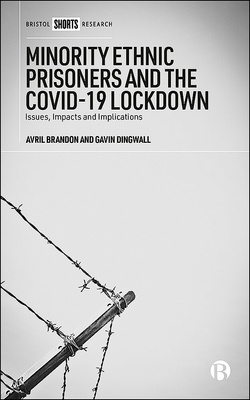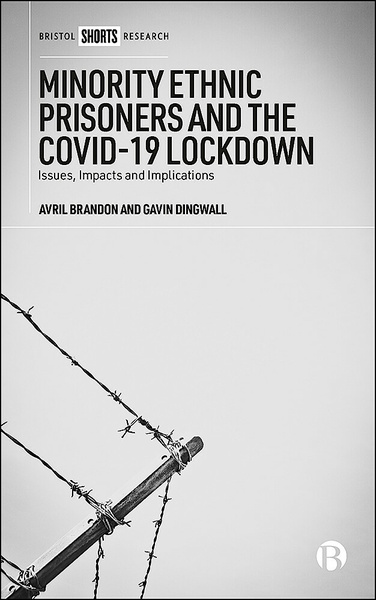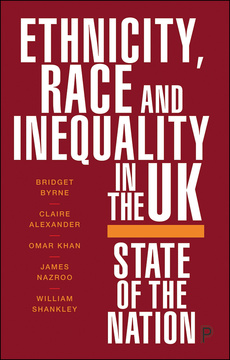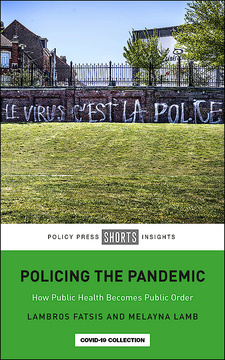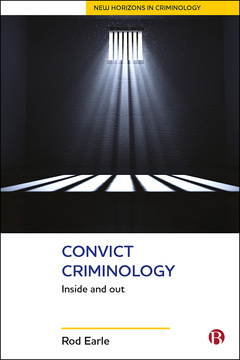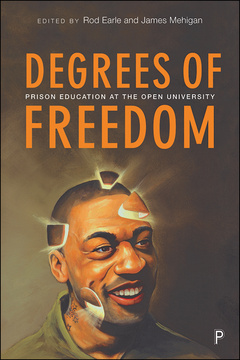Minority Ethnic Prisoners and the COVID-19 Lockdown
Issues, Impacts and Implications
By Avril Brandon and Gavin Dingwall
Published
Feb 9, 2022Page count
128 pagesISBN
978-1529219555Dimensions
203 x 127 mmImprint
Bristol University PressPublished
Feb 9, 2022Page count
128 pagesISBN
978-1529219562Dimensions
203 x 127 mmImprint
Bristol University PressPublished
Feb 9, 2022Page count
128 pagesISBN
978-1529219562Dimensions
203 x 127 mmImprint
Bristol University PressIf prison regimes had continued as normal during the COVID-19 lockdown, social distancing would have been impossible. Therefore, sweeping restrictions were imposed confining prisoners to their cells, cancelling communal activity and prohibiting visits from family and friends.
This insightful book identifies the risks posed by prison lockdowns to minority ethnic prisoners, foreign national prisoners and prisoners from Traveller and Roma communities across the United Kingdom and the Republic of Ireland. It documents the unequal impacts on their mental and physical health, feelings of isolation and fear, access to services and contact with visitors.
The legacy of the lockdown will be profound. This book exposes the long-term significance and impact on minority ethnic prisoners.
"Thoroughly researched and expertly written, this book makes a vital contribution to the battle for racial equity in criminal justice. Providing profound insights into the legacy of the pandemic, Brandon and Dingwall's work will have a lasting – and truly global – impact." Rt Hon. David Lammy MP, Shadow Foreign Secretary
Avril Brandon is Assistant Professor in the Department of Law at Maynooth University.
Gavin Dingwall is Professor of Criminal Justice Policy at De Montfort University.
1. COVID-19 and the Lockdown
2. Issues and Impacts: Black, Asian and Minority Ethnic Groups
3. Issues and Impacts: Foreign National Prisoners
4. Issues and Impacts: The Irish Travelling and Roma Communities
5. Conclusion: Implications







